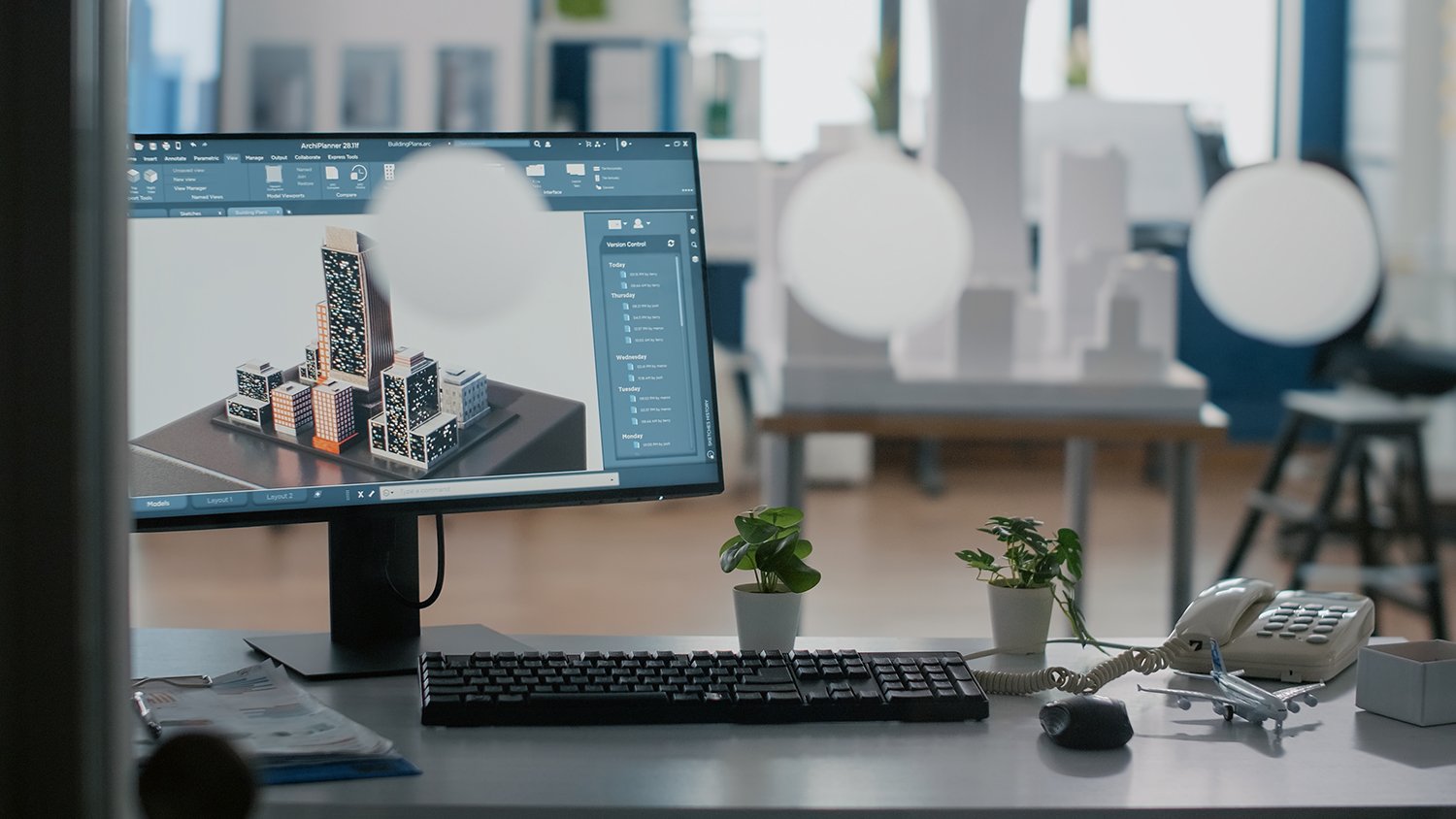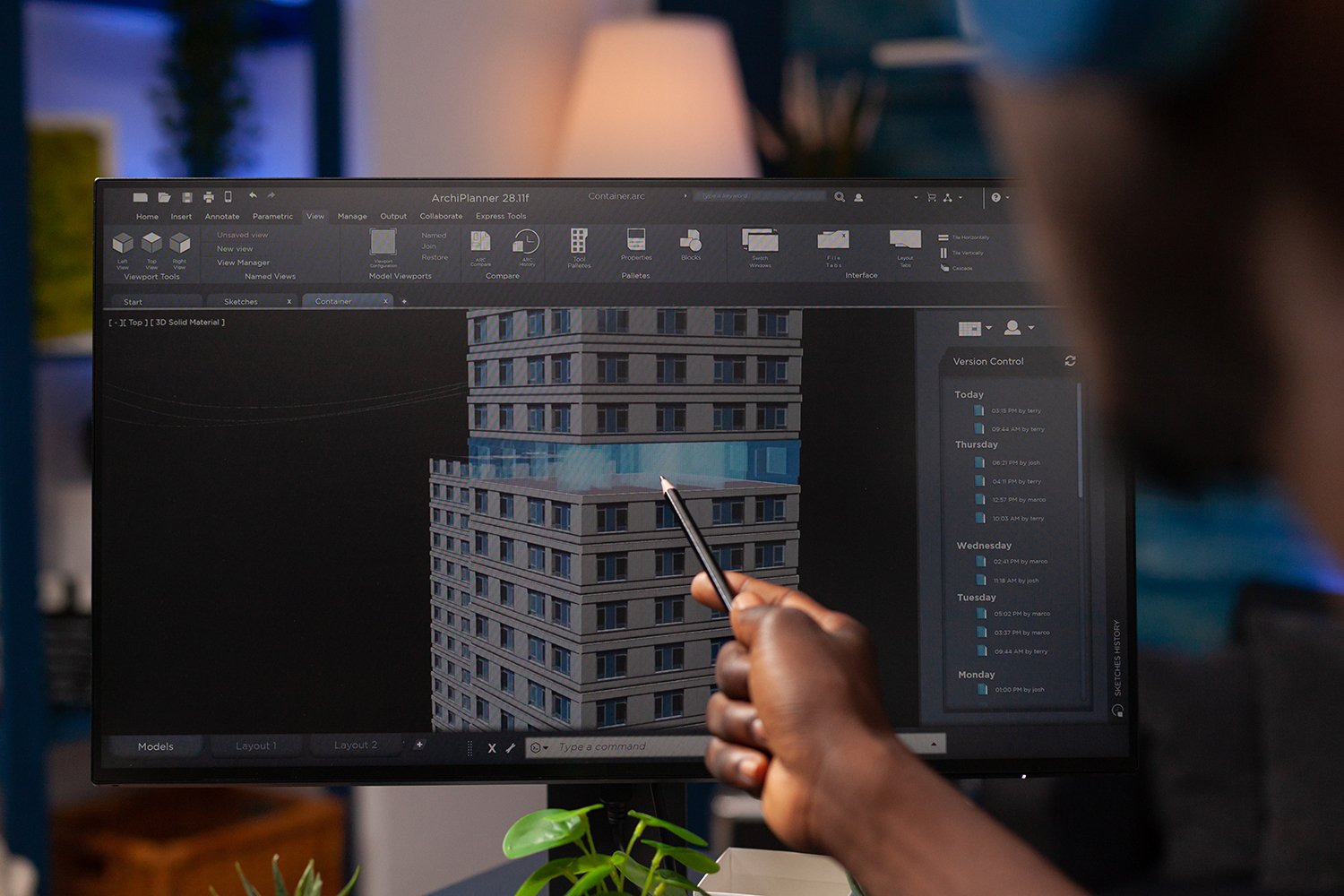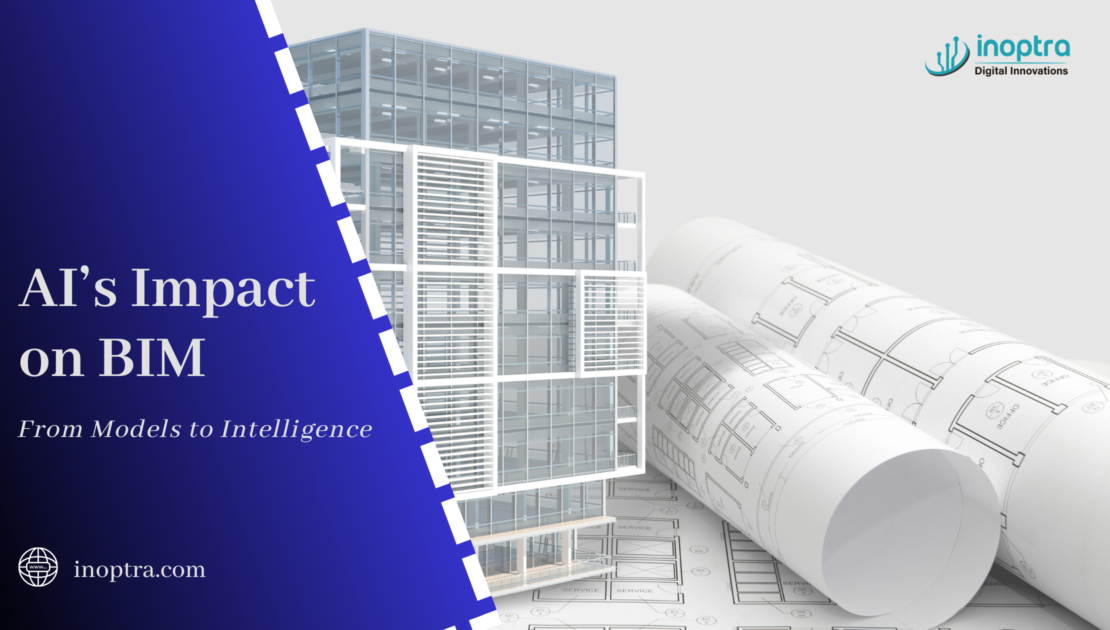What’s in the blog:
Artificial Intelligence (AI) is rapidly transforming the landscape of Building Information Modeling (BIM), ushering in a new era of smarter, faster, and more efficient construction workflows. From design automation and predictive analytics to real-time monitoring and sustainability modeling, AI is enhancing every phase of the building lifecycle. This integration empowers architects, engineers, and facility managers to make data-driven decisions, reduce risks, and optimize performance. As AI tools become more sophisticated, BIM evolves from a static model into a dynamic, intelligent system—reshaping how we design, build, and manage infrastructure in the digital age.

How AI is Transforming BIM
Artificial Intelligence (AI) is Transforming Building Information Modeling (BIM) by enhancing efficiency, accuracy, and decision-making throughout the lifecycle of a building — from planning and design to construction and facility management.
Here’s how AI is transforming BIM:
1. Design Automation and Optimization
- Generative Design: AI algorithms create multiple design options based on constraints like cost, space, material, and energy efficiency.
- Clash Detection & Resolution: AI improves clash detection by predicting and resolving conflicts between architectural, structural, and MEP systems before construction.
2. Smart Decision-Making
- Data-Driven Insights: AI analyzes historical BIM data to provide recommendations for materials, construction methods, or layouts.
- Predictive Analysis: Machine learning models forecast risks (e.g., cost overruns, delays) based on past projects and live data.
3. Construction Planning & Monitoring
- 4D & 5D BIM Enhancements: AI improves time (4D) and cost (5D) simulations for better project planning and control.
- Progress Tracking: AI-powered drones and cameras capture site progress and compare it with the BIM model in real-time.
4. Facility Management (6D BIM)
- Predictive Maintenance: AI monitors building systems (HVAC, electrical) and predicts when maintenance is needed, reducing downtime and costs.
- Asset Management: AI improves lifecycle tracking of building components, helping with replacements and upgrades.
5. Natural Language Processing (NLP) & Automation
- Automated Documentation: AI tools generate reports, RFIs, and compliance documents from BIM models using NLP.
- Voice & Chat Interfaces: AI assistants can answer questions about models or fetch specific drawings instantly.
6. Sustainability & Energy Efficiency
- Energy Modeling: AI simulates and optimizes energy consumption during the design phase for better sustainability.
- Carbon Footprint Analysis: AI helps assess the environmental impact of materials and design choices.
7. Interoperability & Data Integration
- Semantic AI: Helps translate between different software and data formats (e.g., Revit to IFC), improving collaboration.
- Data Cleansing: AI tools identify and correct inconsistencies or missing information in BIM models.
8. Safety & Risk Management
- Hazard Detection: AI analyzes BIM models for potential safety hazards based on regulations and real-time sensor data.
- Worker Safety Monitoring: AI integrates with IoT wearables to track worker locations and issue alerts for unsafe conditions.

Challenges and Considerations
While AI offer substantial benefits to BIM process, there are also challenges and considerations to keep in mind:
- Data Quality: The accuracy of AI heavily depends on the quality of the input data. Partial data can lead to inaccuracies in the BIM model.
- Training Data: BIM models require extensive training data to perform effectively. This data needs to be diverse and representative of the structures.
- Privacy and Security: Handling sensitive building data requires robust security measures to safeguard against unauthorized access and prevent data breaches.
- Integration: Integrating AI into existing workflows and software systems can be complex and may require adjustments to established processes.
Real-World Tools & Platforms Using AI in BIM:
- Autodesk Construction IQ – Predicts project risks.
- Spacemaker AI – Uses generative design for site planning.
- BricsCAD BIM with AI-assisted modeling
- Revizto & OpenSpace – Use AI to compare site photos with BIM.
Summary Table
| Area | AI Contribution |
| Design | Generative design, clash detection |
| Construction | Scheduling, tracking, automation |
| Facility Management | Predictive maintenance, asset tracking |
| Safety | Hazard analysis, wearables integration |
| Sustainability | Energy simulations, material analysis |

Few Words Before Wrapping Up
Integrating Artificial Intelligence into BIM process has revolutionized how buildings and infrastructure are designed, constructed, and maintained. These technologies enhance accuracy, efficiency, and decision-making throughout the building lifecycle. While there are challenges to overcome, the benefits of AI for BIM Services are undeniable, making them indispensable tools for architects, engineers, and construction professionals in the modern era. As technology continues to evolve, we can expect even more significant advancements in the field BIM, further reshaping the future of construction and architecture.


